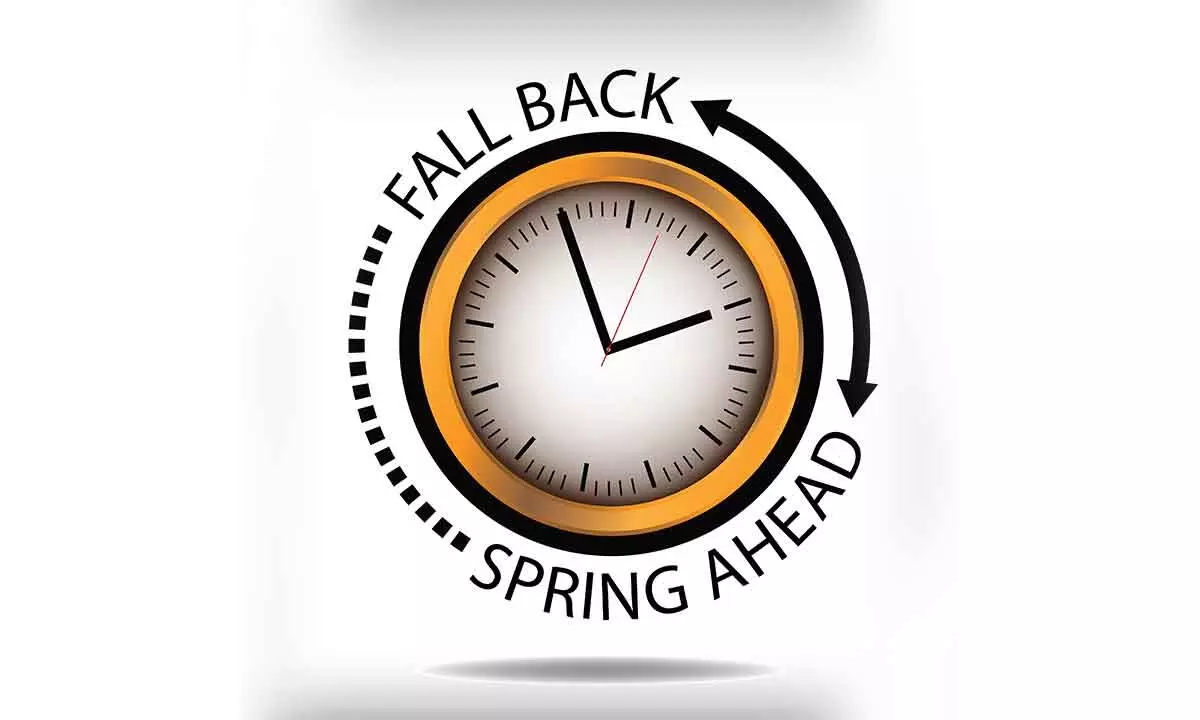Live
- UN Development Programme (UNDP) and The Coca-Cola Foundation (TCCF) partner to scale up management of plastic waste in Asia
- Foundation Stone Laid for Rs 5 Crore Women’s Federation Building to Empower Women in the District
- BJP Leaders Pay Tribute to Netaji Subhash Chandra Bose on His 128th Birth Anniversary in Gadwal
- Subhash Chandra Bose Jayanti Celebrated with Grandeur in Alampur
- Oil Fed MD and Horticulture Director Review Oil Palm Operations in Beechupalli
- Centre sends notice to Ola, Uber over different pricing for iPhone, Android commuters
- Bengaluru Man Tests Positive for Mpox Virus After Dubai Trip: Report
- Pushpak Express Train Accident Triggered by Fire Rumor: Deputy CM Ajit Pawar
- Bengaluru Woman Scammed Rs 3,000 in Airport Taxi Ride Ordeal
- Rocky Flintoff hits maiden century for England Lions in tour match






